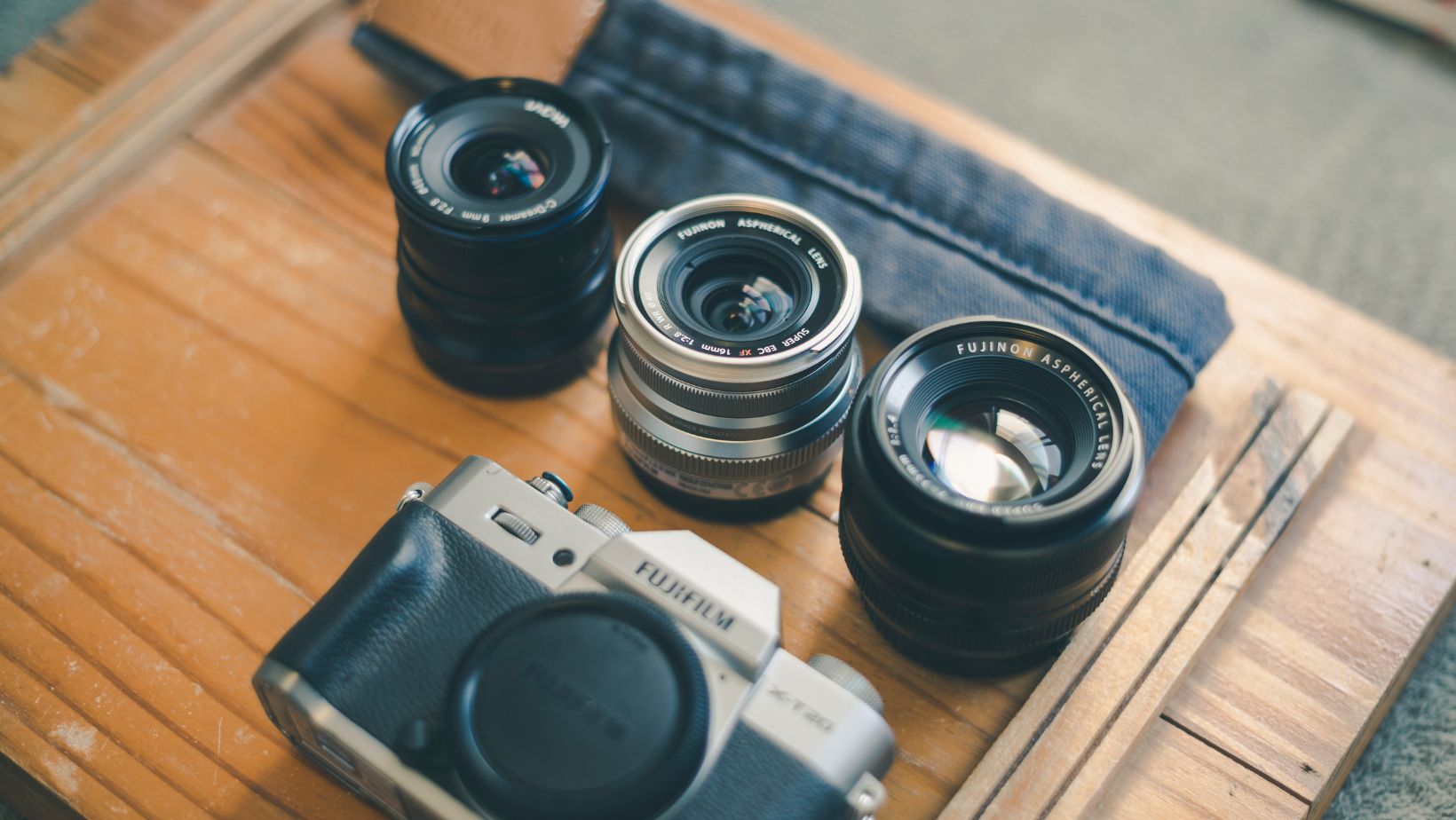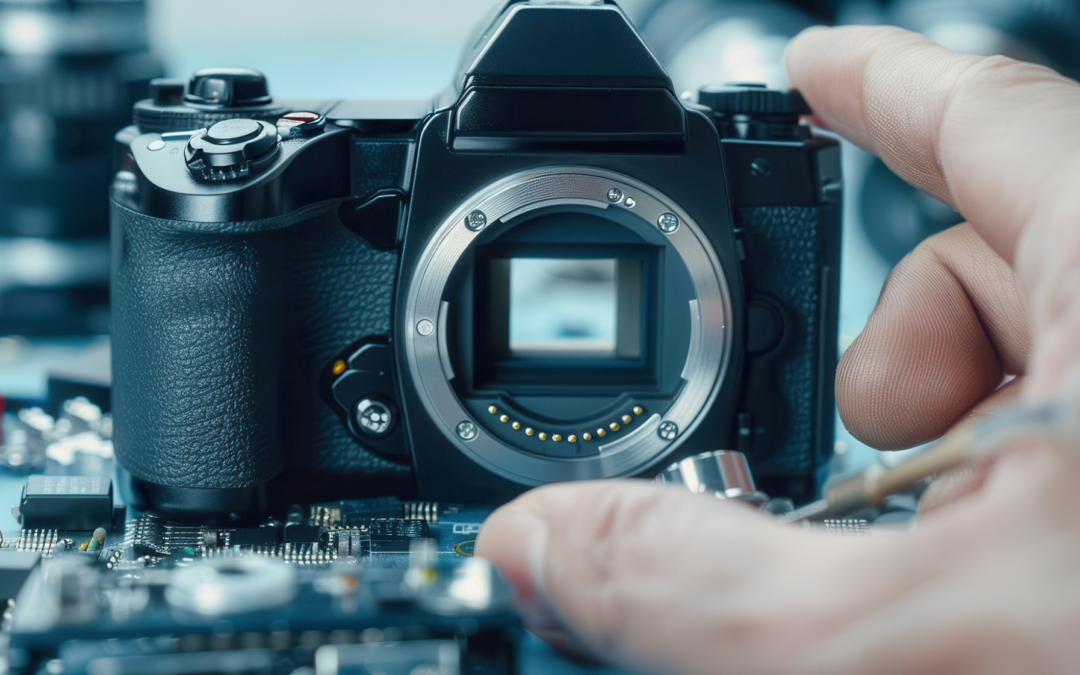Optical calibration is a process many fields rely on, from photography and microscopy to scientific research and manufacturing. It ensures that optical instruments, like cameras, microscopes, and telescopes, produce accurate results. This process focuses on adjusting lenses, light sources, and sensors to function precisely. Without proper calibration, these tools could provide distorted or unreliable data.
This guide explains the basics of optical calibration, covering essential terms and concepts related to light and lenses. Read on for the insight!
Understanding Optical Calibration
Optical calibration helps align an instrument’s components to ensure its output matches the expected results. When light passes through lenses or hits sensors, any small misalignment or imperfection can affect the image or data quality. Calibrating an optical instrument adjusts its settings and components, allowing for clear and accurate results.
For those looking to ensure the quality and accuracy of their equipment, one option is to visit Optical Perspectives Shop or similar ones. The store provides specialized tools and guidance to help professionals achieve precise calibrations for various instruments.
For instance, think of a camera. If the lens isn’t calibrated correctly, the photo could look blurred or out of focus. Calibration resolves these issues by fine-tuning how light enters and interacts within the device, ultimately producing sharp and reliable images.
Why Is Optical Calibration Important?
Optical calibration is essential because many instruments require high accuracy. Devices used in medical imaging, scientific research, and quality control depend on precise measurements. Even a minor error in alignment or focus can lead to incorrect interpretations, especially in critical applications like health diagnostics or quality assessments in manufacturing.
Consider a microscope used to examine cell samples. If it isn’t calibrated, the images might misrepresent the sample, possibly leading to a wrong diagnosis. Calibrating such devices ensures they capture details accurately, supporting clear conclusions and effective work.
How Light Plays a Role in Calibration
Light is a key factor in calibration. Since optical instruments depend on light to create images or data, understanding how light behaves is crucial. Light can bend, reflect, or scatter based on the materials it passes through. If not properly controlled, these behaviors can distort images or data.

During calibration, adjustments are made to account for these light interactions. For example, using the right lighting conditions or specific filters can prevent unwanted reflections or glare, enhancing image quality. Calibrating light sources ensures they are aligned and intense enough for precise results, avoiding errors from incorrect lighting.
The Basics of Lenses in Optical Calibration
Lenses direct and focus light in optical instruments, making them central to calibration. Different lenses have unique properties based on shape and material, affecting how they bend light. Calibration involves setting lenses at precise angles or positions to control light paths effectively.
There are two common types of lenses: convex and concave. Convex lenses focus light into a single point, which is useful in applications like microscopes and cameras. Concave lenses, on the other hand, spread light outwards. Each type serves different purposes, and understanding these basics helps technicians adjust lenses based on the desired outcome.
Steps in the Optical Calibration Process
Optical calibration usually follows a structured process tailored to each device:
1. Preparation: The instrument is cleaned, and parts are checked for wear. This initial step prevents dirt or damage from affecting the calibration.
2. Light source adjustment: Technicians adjust light intensity and alignment to ensure it shines directly through the lenses without distortion.
3. Lens alignment: The lenses are adjusted to a specific angle or position, depending on the instrument’s design and purpose.
4. Testing and verification: After adjustments, the device is tested to check if it meets the required accuracy. If any issues remain, further adjustments are made.
Each step requires precision, as even slight misalignments can impact the final results. For example, if a telescope’s lens is slightly off, distant objects might appear blurry or out of focus, which calibration helps correct.
Tools Used in Optical Calibration
Optical calibration relies on specialized tools. Here are some common ones:
- Collimators: These devices align light into a straight path, which is essential for checking if lenses and mirrors are properly aligned.
- Interferometers: Used to measure minute changes in surfaces, these tools help identify any imperfections in the lenses or mirrors.
- Calibration targets: Specially designed patterns or objects are used to test the accuracy of optical equipment.
Each tool plays a specific role, ensuring that every part of an instrument meets the desired standards.
Common Applications of Optical Calibration
Optical calibration isn’t limited to one industry. Many fields use it regularly:

- Photography and videography: Cameras, either your own or those of your child, are often calibrated to capture true-to-life colors and accurate focus. This results in clear photos and videos.
- Medical imaging: Devices like MRI machines and X-rays need precise calibration to provide accurate scans.
- Astronomy: Telescopes rely on optical calibration to capture clear images of distant celestial bodies.
These examples highlight how different industries depend on calibrated optics to achieve reliable outcomes.
How Often Should Calibration Be Done?
The frequency of calibration depends on the device and its usage. High-precision tools, like those in laboratories or hospitals, might need calibration more often, sometimes monthly. Other devices, such as cameras or telescopes, may only need yearly calibration, depending on how often they’re used and the conditions they face.
For instance, a camera used outdoors frequently might need more frequent calibration than one used only in controlled studio settings. Regular calibration ensures that devices stay accurate over time, extending their lifespan and reliability.
Conclusion
Optical equipment calibration is crucial in making sure that optical devices deliver reliable, clear, and accurate results. The calibration process adjusts lenses, light sources, and sensors, aligning them for optimal performance. From cameras and microscopes to telescopes and medical devices, many fields benefit from the precision and reliability that calibration provides. Properly calibrated instruments help professionals in many industries perform their jobs effectively, making calibration an essential process for dependable results.
Jessica has a flair for writing engaging blogs and articles. She enjoys reading and learning new things which enables her to write different topics and fields with ease. She also strives to break down complex concepts and make them easy for anybody to comprehend.





